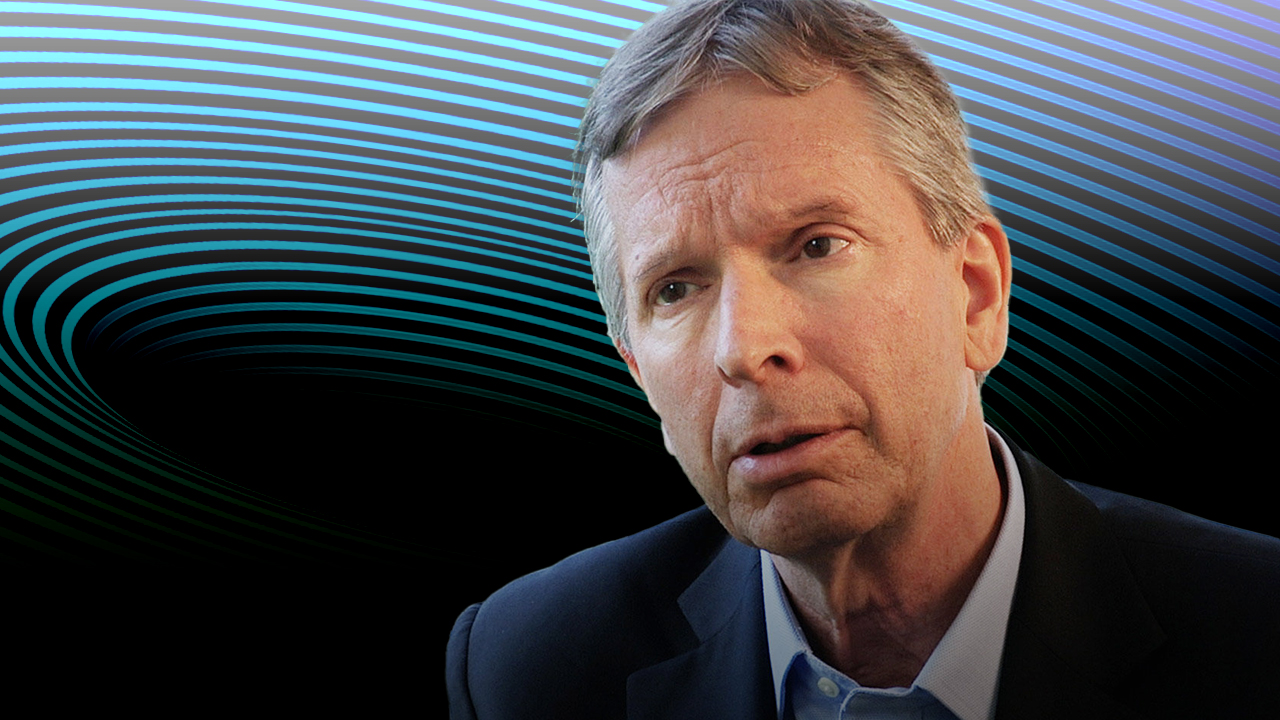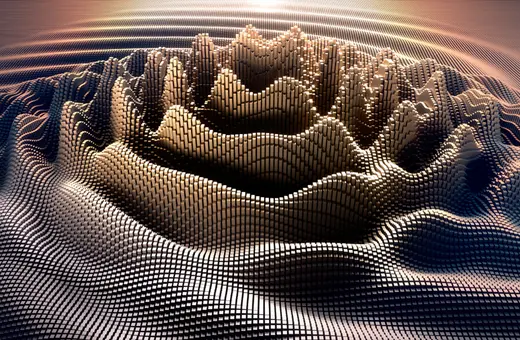Much of modern physics hinges on the notion of a smooth ‘continuum’. But as Professor of Theoretical Physics Sumati Surya argues, our lived experience point to something else: discreteness. Surya argues that spacetime isn’t infinitely divisible but instead built from discrete elements and their causal relationships – there is a “fundamental minimal size below which spacetime loses its meaning”.
What is the ‘substance’ of spacetime?
We are schooled early on, to imagine the ‘real line’, by inserting between any two points on the number line, an uncountable infinity of numbers, the so-called ‘irrationals’. Even as children we are aware that physical objects have an atomicity – if broken too fine, they lose any semblance of self. A continuum-like sheet of paper can only withstand so much tearing or folding, before it gives way to dust. Yet, we are told, there is a reality beyond this, literally that of the ‘reals’, where every division offers an uncountable infinity of further divisions, which never ever stops. Thus, the platonic ‘reality’ of a continuum overrides the physical, experiential reality of finiteness and discreteness.
___
At the Planck scale, spacetime comes into its own, as physical substance, the point at which the myth of the continuum dissolves into the dust of spacetime. Yet, most theories of quantum spacetime are framed in the continuum, where spacetime can be broken into bits, ad-nauseam, at scales arbitrarily smaller than the Planck scale.
___
So strong is this image, that much of modern mathematics, and hence physics, is predicated on the existence of a continuum. It is of course a brilliant mathematical ruse to use continuum structures – without this there would be no calculus, an essential tool for physics since Isaac Newton. This ruse continues to serve us well today. In Quantum Field Theory, used to define the standard model of particle physics, spacetime is a background, non-dynamical structure and the tools of the continuum help us calculate cross sections of various physical processes. The continuum serves as a perfectly good approximation in General Relativity as well. Though spacetime is dynamical, it is classical, and hence defined at large scales. Thus, the tools of differential geometry allow various physical observables to be calculated – from gravitational waves produced by the merger of two blackholes, to the largest cosmological features of spacetime. In both theories one is shielded from the very smallest of scales, the ultraviolet, at which the structure of spacetime may itself be very different.
SUGGESTED VIEWING The reality beyond spacetime With Donald Hoffman






















Join the conversation